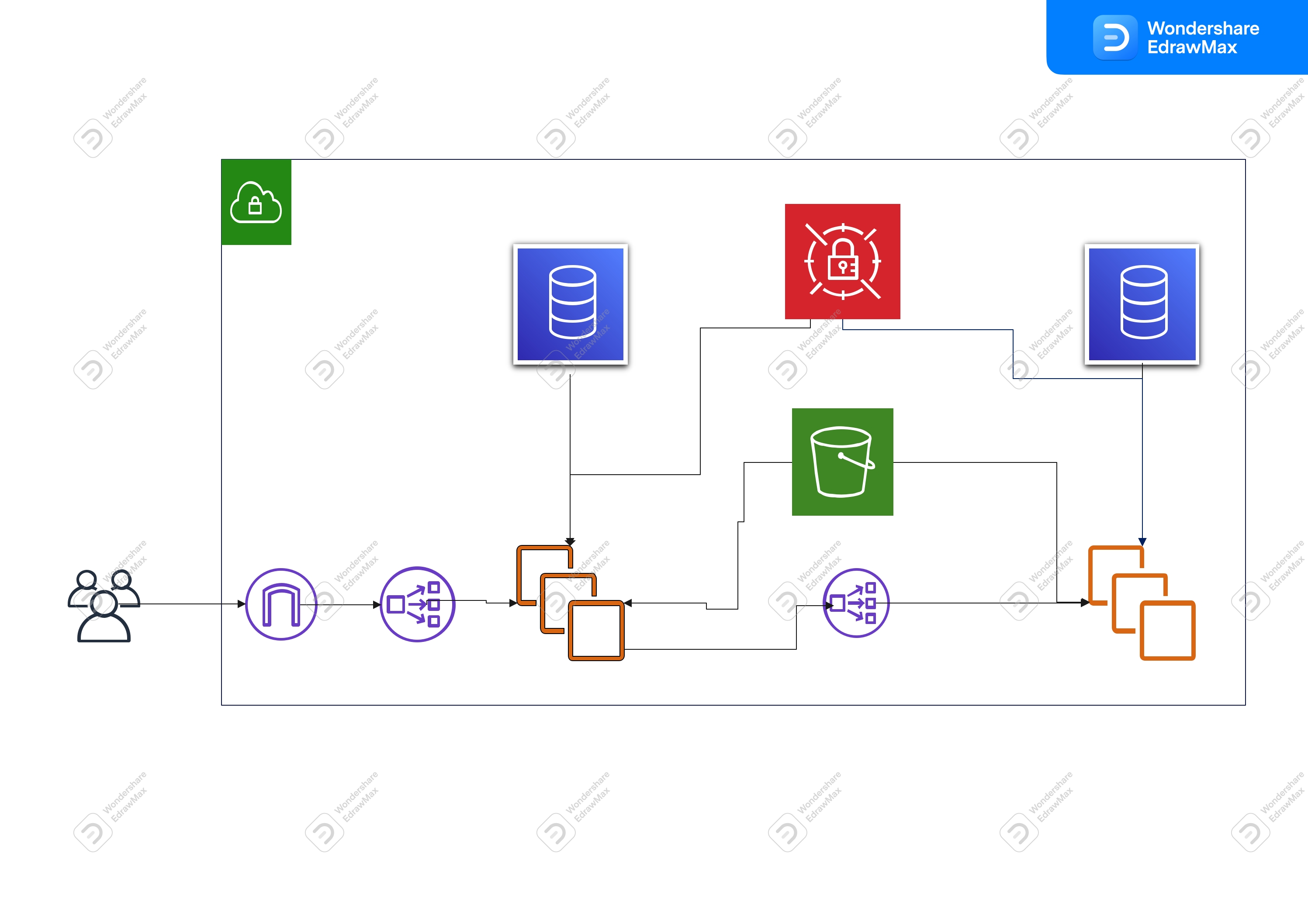Table of Contents
This project is intended for internal review at PicCollage only as a project to evaluate a potential candidate. The project is not production-ready as-is.
-
The Python-based Django framework was chosen primarily because it is the framework I am most familiar with. In addition, it includes a strong toolset (i.e. authentication and ORM) for completing the given task.
-
The project is split into two services. The first service (SearchService) is for running the search algorithm and returning the results of the machine learning model. The second service (StickerService) is for providing a customer endpoint for sticker searching, customer feedback, and usage analysis by internal admins. The reasoning for this split is:
-
The primary motivation for this division is to separate any impact of development done on the machine learning model from the service provided to the customer. If we imagine that the Sticker service relies on many different ml-models, for various calls and functions, then we increase the likelihood that at some point a change to one of the ml-models causes the primary sticker service to have an issue. By having the ml-models seperated into services, we reduce the blast radius of any one model from potentially impacting other services if something goes wrong (i.e. a mega memory leak).
-
Separating ml-model from the primary service also reduces complexity in library requirements. It is easy to imagine a scenario where we have many ml-models all together, and the dependency nightmare that could be caused due to multiple ml-models depending on different versions of the same library.
-
Having the sticker endpoint as a proxy to the algorithm search means that we can very easily switch what algorithm is used with very little development cost. Although we could have built this proxy relationship into a single service, this ensures the decoupling at a higher level.
-
-
Django is a powerful framework, however it does have more complexity and overhead than other lighter frameworks.
-
Splitting the service into two services means that there will be redundancy in code, more overhead cost of supporting a second database and compute machine, as well as increased overall complexity.
The services in this project can be run directly using the Django built-in development server. However, the recommended approach is to use Docker via the provided Compose file to quickly setup your environment for testing and development.
Other versions than the ones listed below may work, but this is what the project has been tested with. Please follow the links below for instructions on installation.
- Python >= 3.9.x
- Docker >= 20.x.x
Everything to get the project up and running locally is included in the Docker Compose and associated Docker files. Please note that the initial run will take some time, as it downloads necessary files and does image processing. If you attempt to use an API and get a connection error, be sure that the service is up and running in the container.
- Clone the repo
git clone https://github.com/kinetichub/pcq2.git
- Create an
.envfile from the.env.examplefilecp .env.example .env
- Run the Docker compose file
docker compose up
Once the services are running, you can call the endpoints by hitting http://localhost:8000/ endpoints.
Under the assets folder, I have included a Postman JSON file.
These Postman calls should also work out-of-the-box coupled with the default .env file provided.
Note that if the token is changed in the .env file, then the token will need to be updated in the
Authorization section of the statistics request as well.
- An API to search for a term (can be accessed by any user)
http://localhost:8000/api/search/?query=cat+in+a+park - An API to report one or more stickers (can be accessed by any user)
An example body might be:
http://localhost:8000/api/feedback/
{ "feedback": [ { "query": "cat in a park", "positive": ["COCO_val2014_000000004212.jpg", "COCO_val2014_000000001675.jpg"], "negative": ["COCO_val2014_000000002154.jpg", "COCO_val2014_000000000400.jpg", "COCO_val2014_000000003711.jpg"] } ] } - An API to download this feedback (can be accessed only by the ML team)
(this requires an Authorization Token associated to an admin user)
http://localhost:8000/api/analytics/?query=cat+in+a+park - An API to count the number of times a digit appears from 1 to N
http://localhost:8000/api/counter/?digit=7&n=1000
- An admin interface for database models from Django
http://localhost:8000/admin/
With whatis currently built, a very simple starting architecture would look something like this, where we have the following:
- Bucket: This is to store our model file, images, and any other staticfiles or media we want to keep around.
- Databases: Each service would have a database that only it has access to.
- Secret Manager: We would store production secrets in the secret manager and use them to populate the environment,
replacing our
.envfile setup we use locally. - Load Balancers: Depending on traffic, a good initial setup should include load balancing, one for external customer calls to come into our StickerService, and an internal one for StickerService to talk to SearchService.
- Gateway: The gateway allows public traffic into our private network.
- Compute Instances: These are instances that are running our containers, and should be auto scalable depending on the traffic load.
K. Alnajar - kalnajar09@gmail.com
Project Link: https://github.com/kinetichub/pcq2




